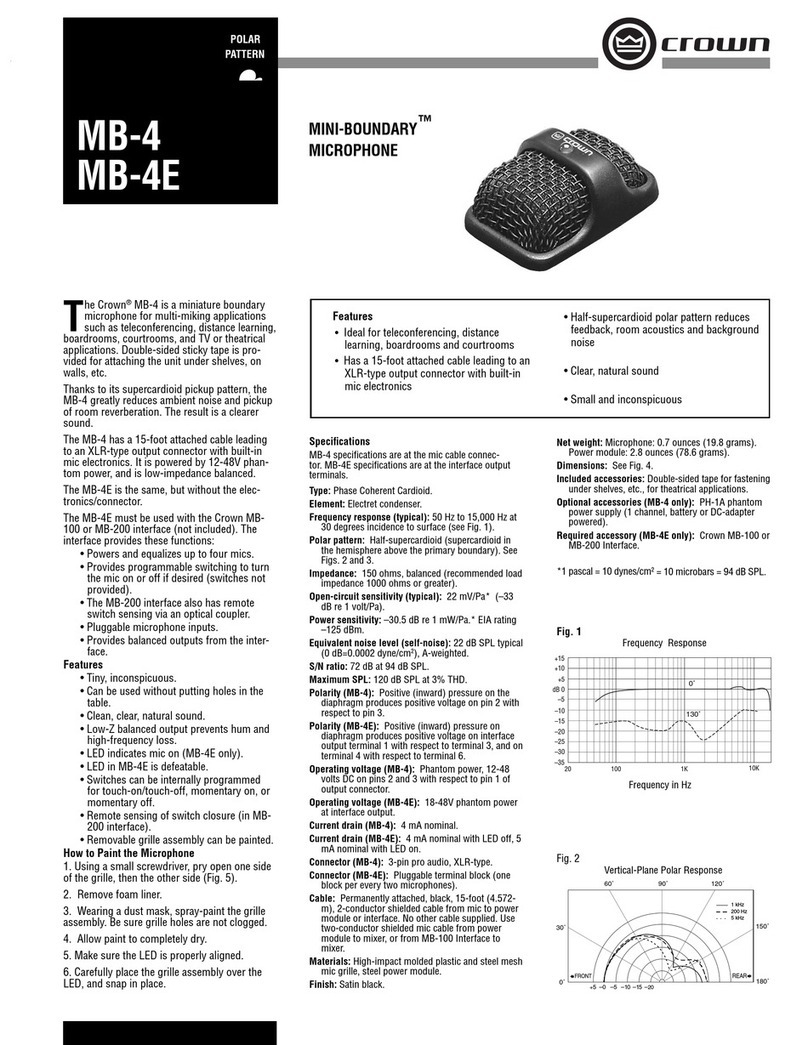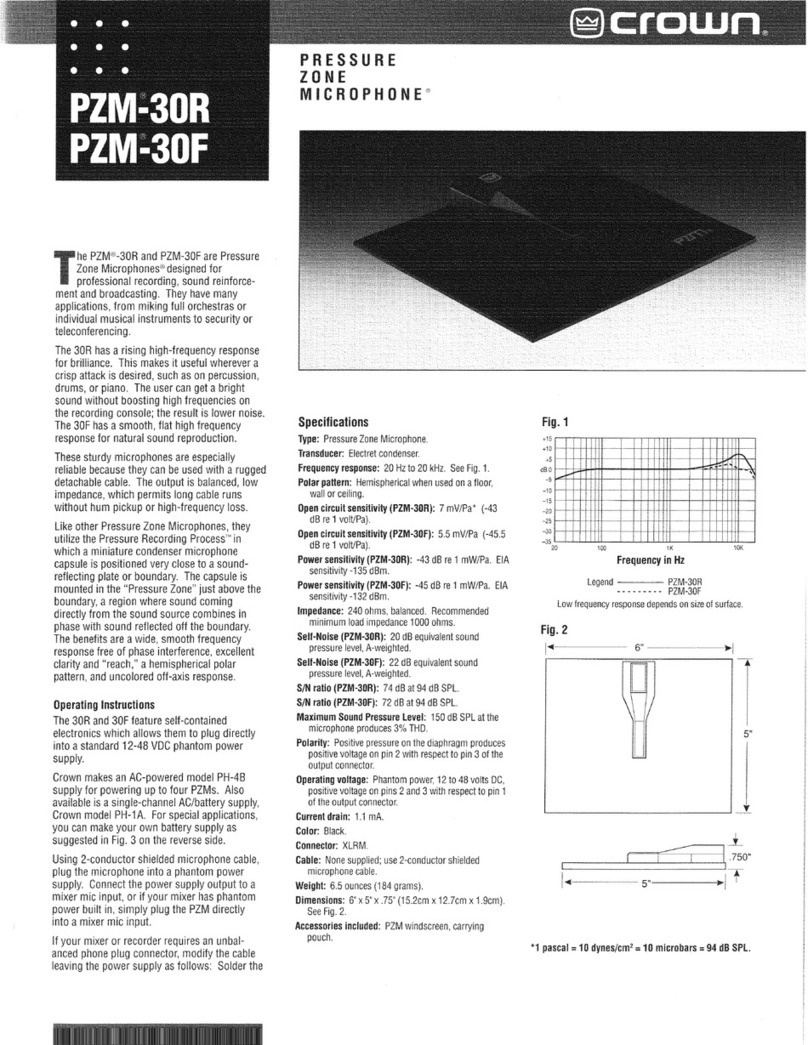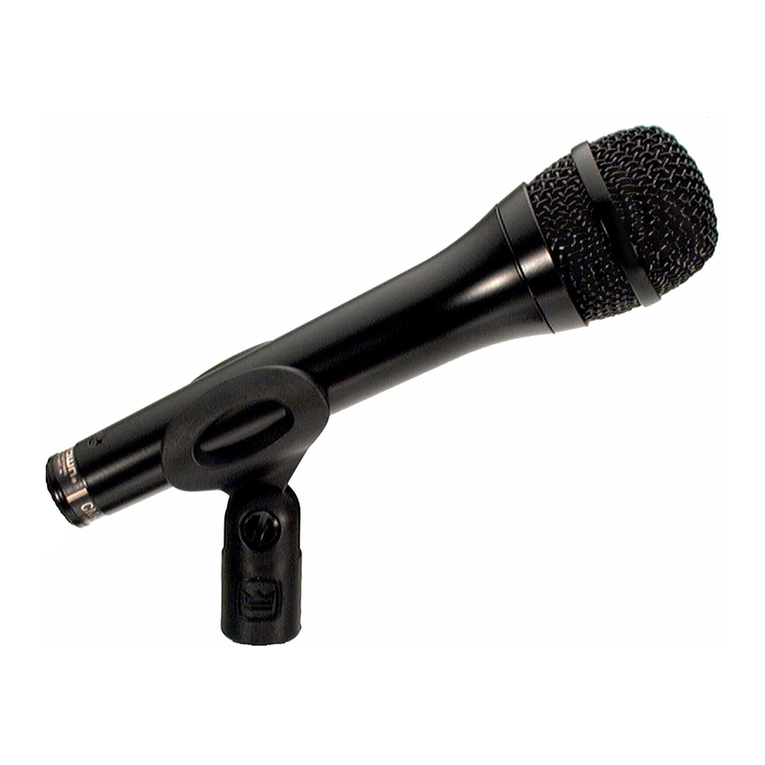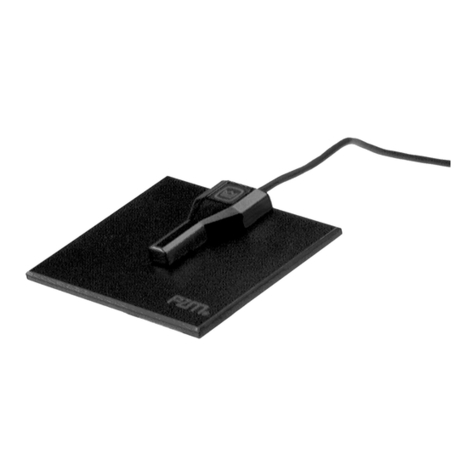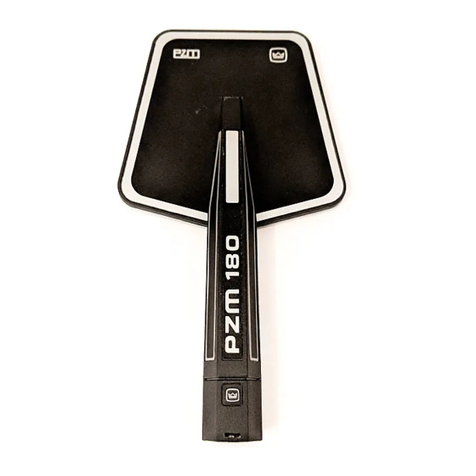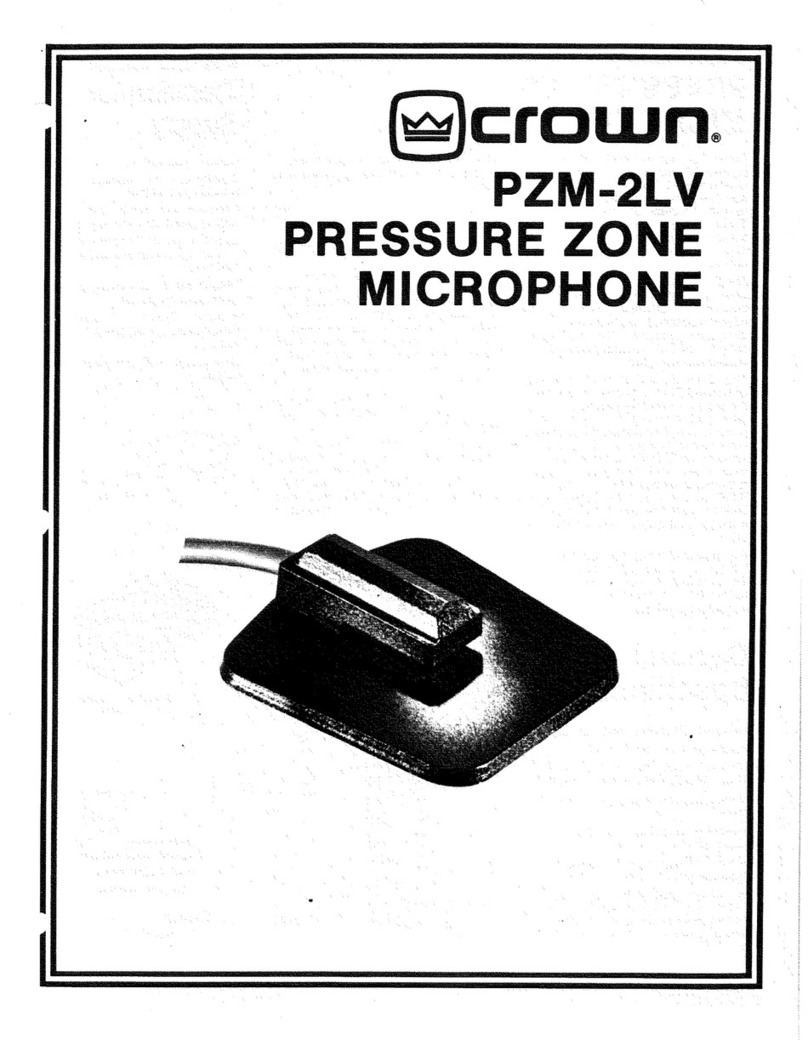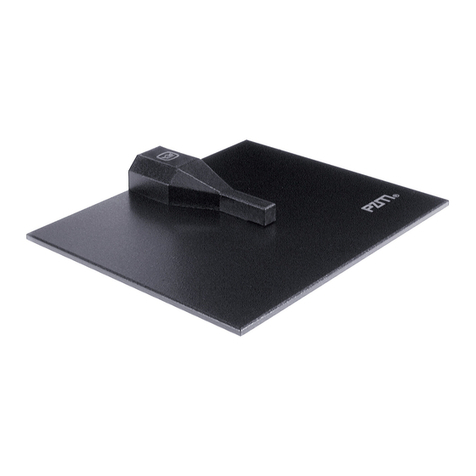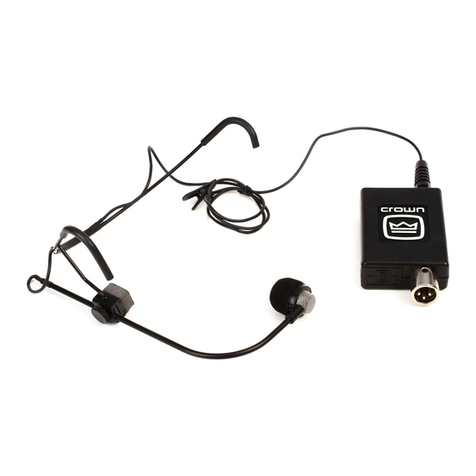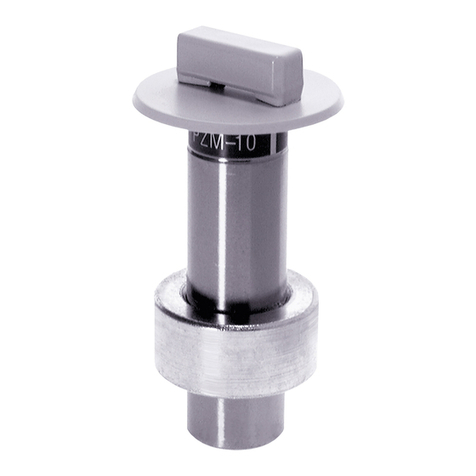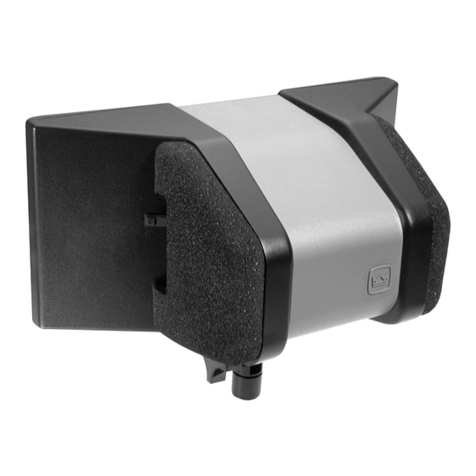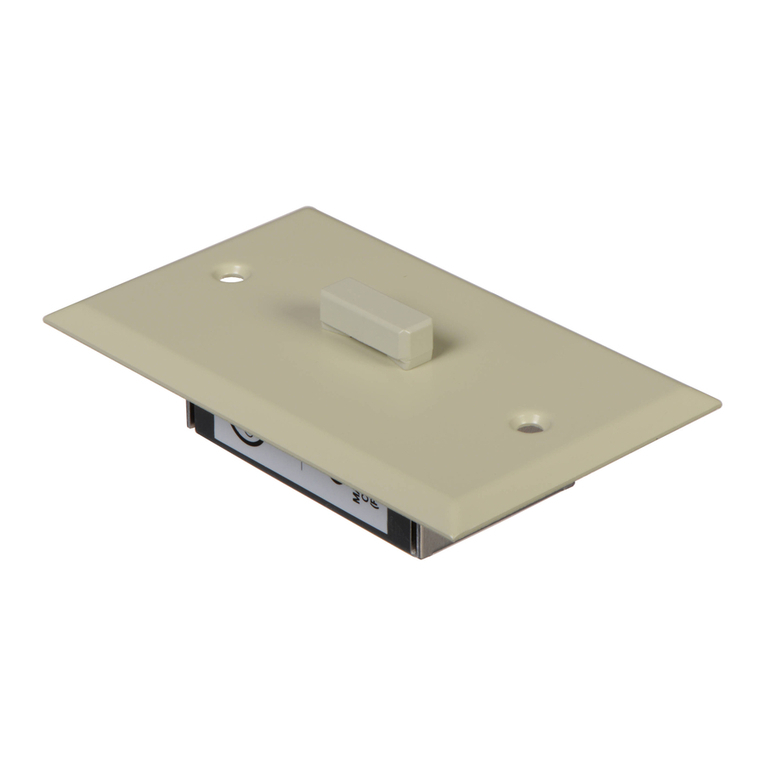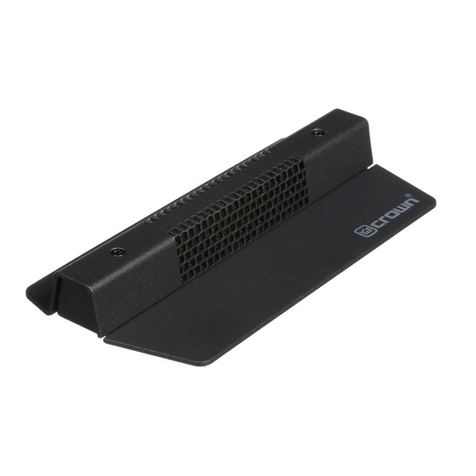• Use an automatic mixer (gated mixer). You adjust
the automatic mixer so that it turns all mics off
except for the one in use. One mic by itself sounds
much clearer than several mics on at once.
• Acoustically treat the conference room. To absorb
reverberation, use acoustic-tile ceiling, carpet, and
drapes. Hire a sound contractor to design or modify
the air handling system for low noise.
• To prevent feedback, place the loudspeaker far from
the mics, and behind them if possible. Use an acous-
tic echo canceller (AEC) with howling rejection.
Another problem with sound transmission is echo.
Your audio signal is sent on a phone line, or via satel-
lite, to the distant receiving site. It takes time for the
signal to travel. At the distant site, the signal might
be picked up by the mics there, and bounce or echo
back to you after a short delay. If you hear this echo,
it confuses the sound of speech.
The solution is an acoustic echo canceller (AEC), a
device that senses the echo and cancels it out. Many
codecs come with an echo-canceller circuit built in.
Crown Mics for
Teleconferencing and
Distance Learning
All Crown mics are condenser mics, which need
power to operate—either a battery or a
phantom-
power
supply
. A phantom power supply sends power
to the mic along its mic cable. Two phantom supplies
from Crown are the PH-4B (powers up to four mics)
and the PH-1A (powers one mic). Most modern mix-
ers provide phantom power for microphones, so that
no external supply is needed.
Here are some Crown mics that work well for tele-
conferencing:
Table-top or desk-top mics
These microphones lie on the surface of a conference
table or a desk. They pick up speech with a clear,
natural sound.
All these models are boundary mics. They eliminate
the effect of reflections from the table top that would
otherwise blur the sound.
An omni boundary mic picks up sound in all direc-
tions, so you put it in the middle of the table. Use
one for a square table and two spaced apart for a long
table. This works for conference recording, but has
too much feedback for teleconferencing use.
Supercardioid or cardioid boundary mics pick up
sound mainly from in front. These mics sound
clearer and have lessfeedback than an omnimic. But
theycost more because you must use several of them:
one per person, or one for every two people.
Listed below are the Crown boundary mics. We’ll
suggest which models to use later in this guide.
PCC-170:
supercardioid
PCC-170SW:
supercardioid with on/off switch
PCC-170SWO:
supercardioid with switch and two
additional remote sensing leads.
PCC-130:
cardioid, smaller than PCC-170
PCC-130SW:
cardioid with on/off switch
PCC-170
Mini Boundary mics
These are very small mics with a half-supercardioid
pattern. Five models are available:
MB-1:
Plugs into a brass cup in the table.
MB-2:
Plugs into a jack in the table.
MB-3:
Tubular; mounts in ceiling, wall or table.
MB-4:
For temporary use. Has a thin cable with an
XLR connector.
MB-4E:
Lowest cost. Cable fits through small hole
in table.

